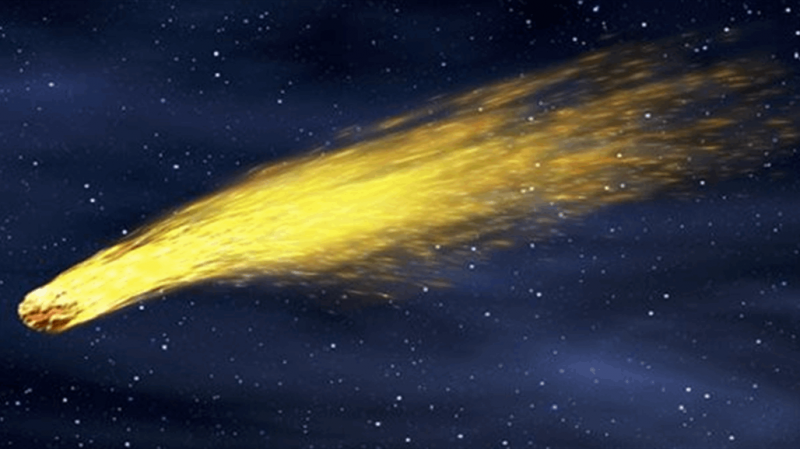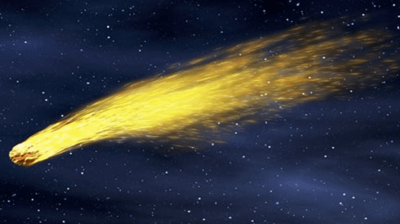Astronomy enthusiasts are looking forward to a unique event that could make a comet larger than Mount Everest visible to the naked eye for sky watchers in the coming weeks. The "Devil's Comet" is expected to become visible as it passes near Earth in the next few weeks during its first visit to the inner solar system in over 70 years, according to astronomers.
This icy body is a Halley-type comet because its orbit around the sun places it in the same category as the most famous space rock in history (Halley's Comet), which takes about 75 years to orbit our star, unlike most comets that take thousands of years. Thus, this comet will appear once in a lifetime or perhaps twice.
In fact, the "Devil's Comet," officially known as 12P/Pons-Brooks, or 12P for short, completes its orbit every 71.3 years and is expected to reach its closest point to the sun on April 21. While some reports suggest that 12P/Pons-Brooks may have been observed in the 14th century, it is named after the French astronomer Jean-Louis Pons who discovered it in 1812 and the American-British astronomer William Robert Brooks who observed it during its next pass in 1883.
The nucleus of the comet is thought to have a diameter of about 30 km (20 miles) and is classified as a "cold volcanic" comet, meaning it erupts with dust, gases, and ice as pressure accumulates inside it while being heated.




